 A Woman Who Went––to Alaska, by May Kellogg Sullivan, was published in 1902 by James H. Earle & Co., of Boston, Massachusetts. The book describes two trips in which the author journeyed to the Yukon and Alaskan goldfields in 1899, a year after the height of the Klondike Gold Rush. Her father and brother were working claims near Dawson City, and they were surprised to see her, and perhaps even more surprised when she continued her travels, eventually reaching Nome and Dutch Harbor. Regarding the reason for her adventurous trip, the author wrote:
A Woman Who Went––to Alaska, by May Kellogg Sullivan, was published in 1902 by James H. Earle & Co., of Boston, Massachusetts. The book describes two trips in which the author journeyed to the Yukon and Alaskan goldfields in 1899, a year after the height of the Klondike Gold Rush. Her father and brother were working claims near Dawson City, and they were surprised to see her, and perhaps even more surprised when she continued her travels, eventually reaching Nome and Dutch Harbor. Regarding the reason for her adventurous trip, the author wrote:
“This unpretentious little book is the outcome of my own experiences and adventures in Alaska. Two trips, covering a period of eighteen months and a distance of over twelve thousand miles were made practically alone. In answer to the oft-repeated question of why I went to Alaska I can only give the same reply that so many others give: I wanted to go in search of my fortune which had been successfully eluding my grasp for a good many years. Neither home nor children claimed my attention. No good reason, I thought, stood in the way of my going to Alaska; for my husband, traveling constantly at his work had long ago allowed me carte blanche as to my inclinations and movements. To be sure, there was no money in the bank upon which to draw, and an account with certain friends whose kindness and generosity cannot be forgotten, was opened up to pay passage money; but so far neither they nor I have regretted making the venture. I had first-class health and made up in endurance what I lacked in avoirdupois, along with a firm determination to take up the first honest work that presented itself, regardless of choice, and in the meantime to secure a few gold claims, the fame of which had for two years reached my ears.”
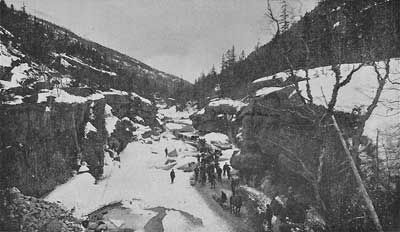
Porcupine Canyon, White Pass
May Kellogg Sullivan’s description of her travel down the great Yukon River to the golden beaches of Nome, passing through Forty Mile Camp, Eagle City and Circle City, across the Yukon Flats to Fort Yukon, and into the Bering Sea at St. Michael, are detailed, matter-of-fact, and fascinating to anyone interested in northland history. As an example, May describes the morning she arrived in Dawson City:
“It was Monday morning, the thirtieth of July, 1899, and the weather was beautifully clear. I had been fourteen days coming from Seattle. Hundreds of people waited upon the dock to see us land, and to get a glimpse of a new lot of “Chechakos,” as all newcomers are called.
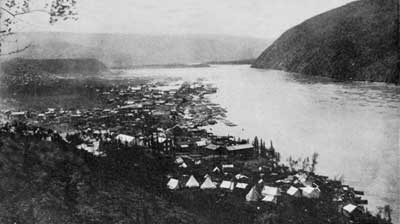
Dawson City, Yukon Territory
“Soon after landing I met upon the street an old Seattle friend of my parents, who knew me instantly and directed me to my father. This man’s kind offer to look up my baggage was accepted, and I trudged down through the town towards the Klondyke River, where my father and brother lived. I had no difficulty in finding father, and after the first surprise and our luncheon were over we proceeded to find my brother at his work. His astonishment was as great as my father’s, and I cannot truthfully state that either of them were overcome with joy at seeing me in Dawson. At any other time or place they undoubtedly would have been delighted, but they were too well acquainted with conditions to wish another member of their family there in what was probably then the largest and roughest mining camp in the world. The situation that presented itself was this. Instead of finding my relatives comfortably settled in a large and commodious log cabin of their own on the banks of the Klondyke River, as they had written they were, I found them in the act of moving all their belongings into a big covered scow or barge drawn close to the river bank and securely fastened. Cooking utensils, boxes, bags of provisions consisting of flour, beans and meal, as well as canned goods of every description, along with firewood and numerous other things, were dumped in one big heap upon the banks of the Klondyke River near the barge.”
Why May’s father and brother were moving onto the barge, what May did next, and her vibrant descriptive writings of her further travels are all shared in her books, A Woman Who Went––to Alaska, and The Trail of a Sourdough, They are both available to read online or to download at Project Gutenberg,
 Excerpts from May Kellogg Sullivan’s A Woman Who Went––to Alaska are included in the most recent book by Helen Hegener:
Excerpts from May Kellogg Sullivan’s A Woman Who Went––to Alaska are included in the most recent book by Helen Hegener:
Alaska & the Klondike, Early Writings and Historic Photographs, compiled and edited by Helen Hegener, published May 10, 2018 by Northern Light Media. $24.95 (plus shipping), 320 pages, over 100 b/w photos, ISBN-13: 978-1717401991. Click here to order.

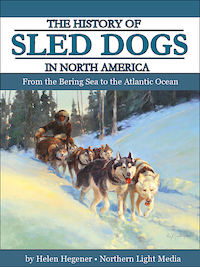






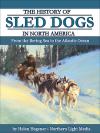
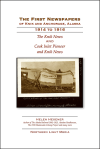


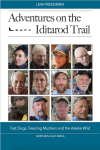





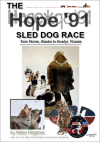



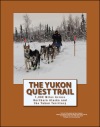







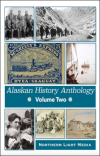
Thanks again Robert. Very informative . . .
LikeLike